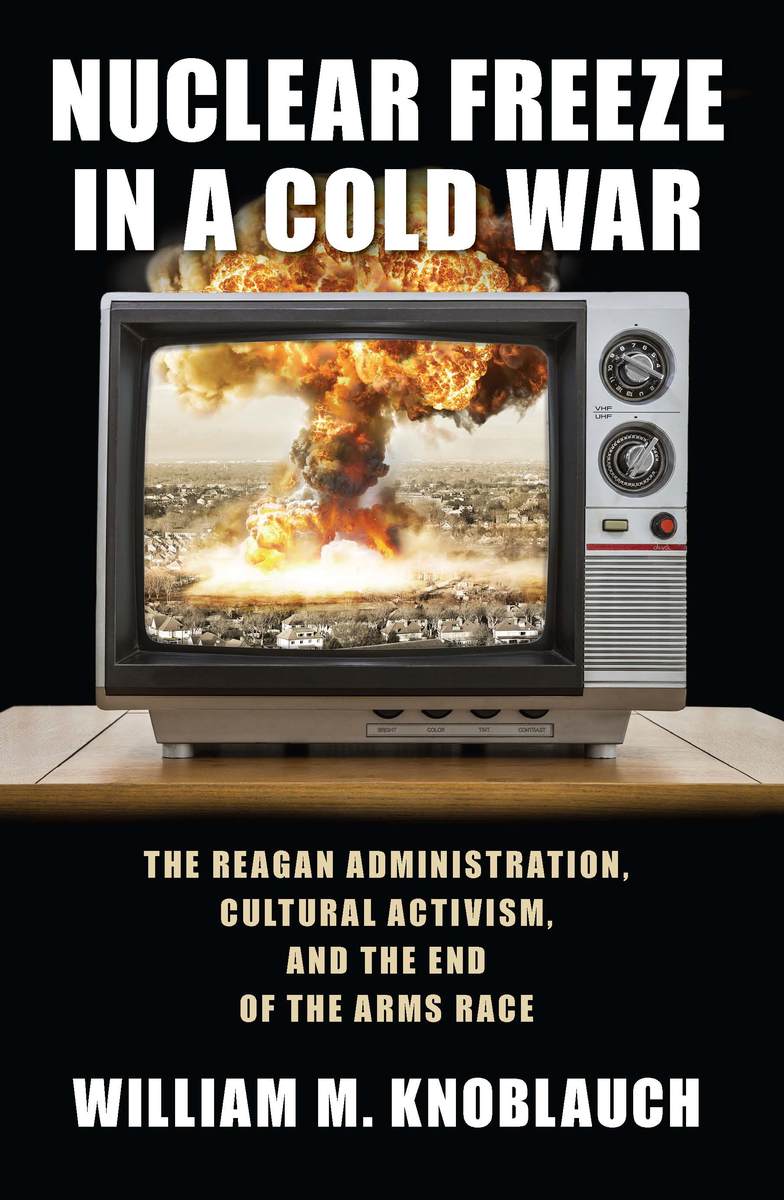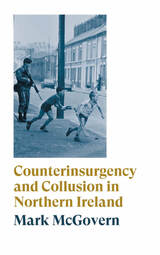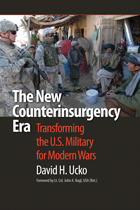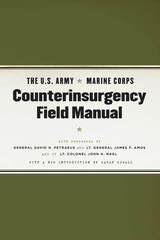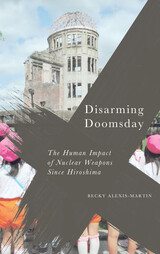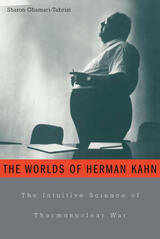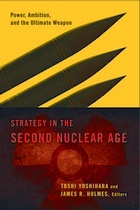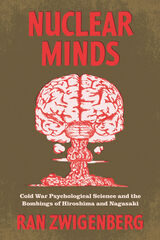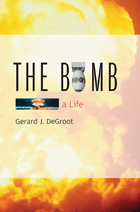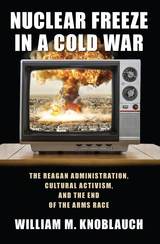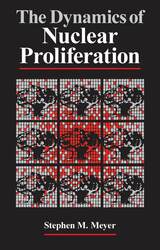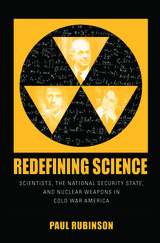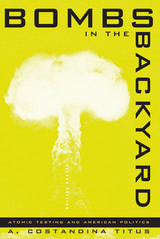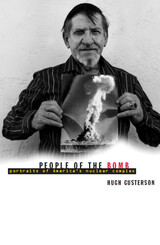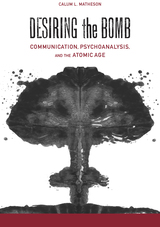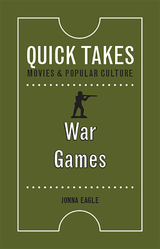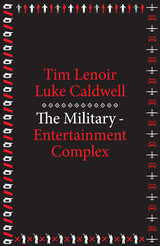Nuclear Freeze in a Cold War: The Reagan Administration, Cultural Activism, and the End of the Arms Race
University of Massachusetts Press, 2017
Cloth: 978-1-62534-274-4 | eISBN: 978-1-61376-507-4 | Paper: 978-1-62534-275-1
Library of Congress Classification U264.K595 2017
Dewey Decimal Classification 327.17470973
Cloth: 978-1-62534-274-4 | eISBN: 978-1-61376-507-4 | Paper: 978-1-62534-275-1
Library of Congress Classification U264.K595 2017
Dewey Decimal Classification 327.17470973
ABOUT THIS BOOK | AUTHOR BIOGRAPHY | REVIEWS | TOC
ABOUT THIS BOOK
The early 1980s were a tense time. The nuclear arms race was escalating, Reagan administration officials bragged about winning a nuclear war, and superpower diplomatic relations were at a new low. Nuclear war was a real possibility and antinuclear activism surged. By 1982 the Nuclear Freeze campaign had become the largest peace movement in American history. In support, celebrities, authors, publishers, and filmmakers saturated popular culture with critiques of Reagan's arms buildup, which threatened to turn public opinion against the president.
Alarmed, the Reagan administration worked to co-opt the rhetoric of the nuclear freeze and contain antinuclear activism. Recently declassified White House memoranda reveal a concerted campaign to defeat activists' efforts. In this book, William M. Knoblauch examines these new sources, as well as the influence of notable personalities like Carl Sagan and popular culture such as the film The Day After, to demonstrate how cultural activism ultimately influenced the administration's shift in rhetoric and, in time, its stance on the arms race.
Alarmed, the Reagan administration worked to co-opt the rhetoric of the nuclear freeze and contain antinuclear activism. Recently declassified White House memoranda reveal a concerted campaign to defeat activists' efforts. In this book, William M. Knoblauch examines these new sources, as well as the influence of notable personalities like Carl Sagan and popular culture such as the film The Day After, to demonstrate how cultural activism ultimately influenced the administration's shift in rhetoric and, in time, its stance on the arms race.
See other books on: 1981-1989 | Cold War | End | Nuclear disarmament | Reagan, Ronald
See other titles from University of Massachusetts Press
